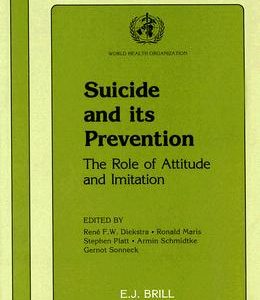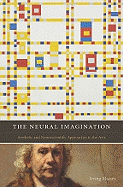Progress Toward a Literate World: Early Reading Interventions in Low- And Middle-Income Countries: New Directions for Child and Adolescent Development
$26.10
Description
In order to work toward eradicating extreme poverty and hunger, the United Nations Millennium Development Goals significantly include universal primary education, gender equality, and empowering women. Effective early literacy instruction plays a critical role in achieving these goals.
From around the globe, this issue presents evidence-based, culturally sensitive and cost-effective practices in reading instruction and intervention in the early grades. Not only will this issue heighten awareness of the challenges faced but it will provide valuable information to help guide and improve diverse global education programs and research, especially in developing regions and for children living in poverty or disadvantage in all nations.
Presenting several experiences from small- and large-scale reading improvement programs, it:
- Focuses on low- and middle-income countries,
- Describes challenges in implementing, studying, and scaling them up,
- Informs expectations on how quickly and easily reading performance can change, and
- Provides results and evidence of effectiveness.
This is the 155th volume in this Jossey-Bass series New Directions for Child and Adolescent Development. Its mission is to provide scientific and scholarly presentations on cutting edge issues and concepts in this subject area. Each volume focuses on a specific new direction or research topic and is edited by experts from that field.
Editor: Gove, Amber, Editor: Mora, April, Editor: McCardle, Peggy
Topic: Psychology
Media: Book
ISBN: 1119407397
Language: English
Pages: 152
Additional information
| Weight | 0.5 lbs |
|---|---|
| Dimensions | 8.9 × 5.8 × 0.4 in |















Reviews
There are no reviews yet.